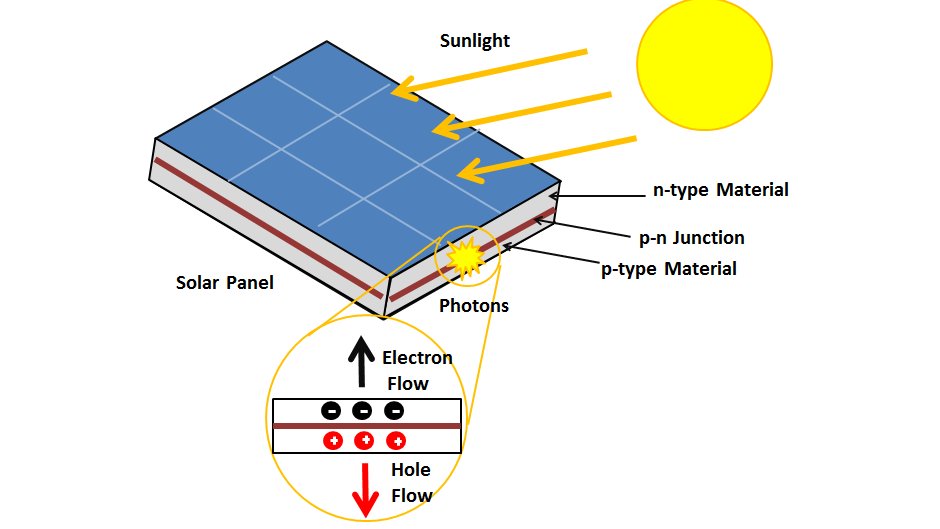
Hi everyone :-D
We have reached the weekend already. Over the last few days, I hope I managed to give you a small glimpse into my research field. But one promise I have not yet delivered on: Where will all of this lead? What's the point?
We have reached the weekend already. Over the last few days, I hope I managed to give you a small glimpse into my research field. But one promise I have not yet delivered on: Where will all of this lead? What's the point?
First of all, I don't think I have to convince you that the quantum tunnelling phenomenon is found in all kinds of fields. Recently I came across a paper discussing tunnelling times during a photosynthesis cycle in an organic molecule.
doi.org/10.1007/s13538…
doi.org/10.1007/s13538…
Many might be familiar with Scanning Tunnelling Microscope (STM) technique to investigate surface structures with (sub-)atomic spatial resolution (or make an atomic stop-motion movie 😄)
And an example of future innovation development is in transistors for electronics, where quantum tunnel leaking is currently presenting a limit on the miniaturization, and dedicated quantum transistors could present a new breakthrough. spectrum.ieee.org/semiconductors…
There are of course many more fields and technologies. For any of them, new insights gained from #attoscience about the quantum tunnelling process itself can deliver new puzzle pieces.
Another aspect: we study electron motion. And understanding charge transport (usually electrons moving from one place to another) at the microscopic level for example in heterojunctions of photovoltaic cells allow a possible new pathway of trying to improve their efficiency. 

More and more aims move from "observing" to "controlling" electron dynamics with tailored fields. This invites dreams and hopes of controlling electron dynamics for example during chemical reactions, taking femtochemistry (dynamics of nuclei) to the next level. 

Obviously, there are also more applications within #attoscience itself, where we're using the photoelectrons or emitted radiation as a secondary tool to investigate for example dynamics in molecular orbitals, and more. Some of the applications I have listed above are ongoing
already, others are still hopes, dreams and ideas. A lot of work still remains to be done, both by the attoscience community and also all related fields. After all, we're still a very young, exciting and growing field 😉
https://twitter.com/NobelPrize/status/1047061973966512130
(thread by @coenneli)
• • •
Missing some Tweet in this thread? You can try to
force a refresh






